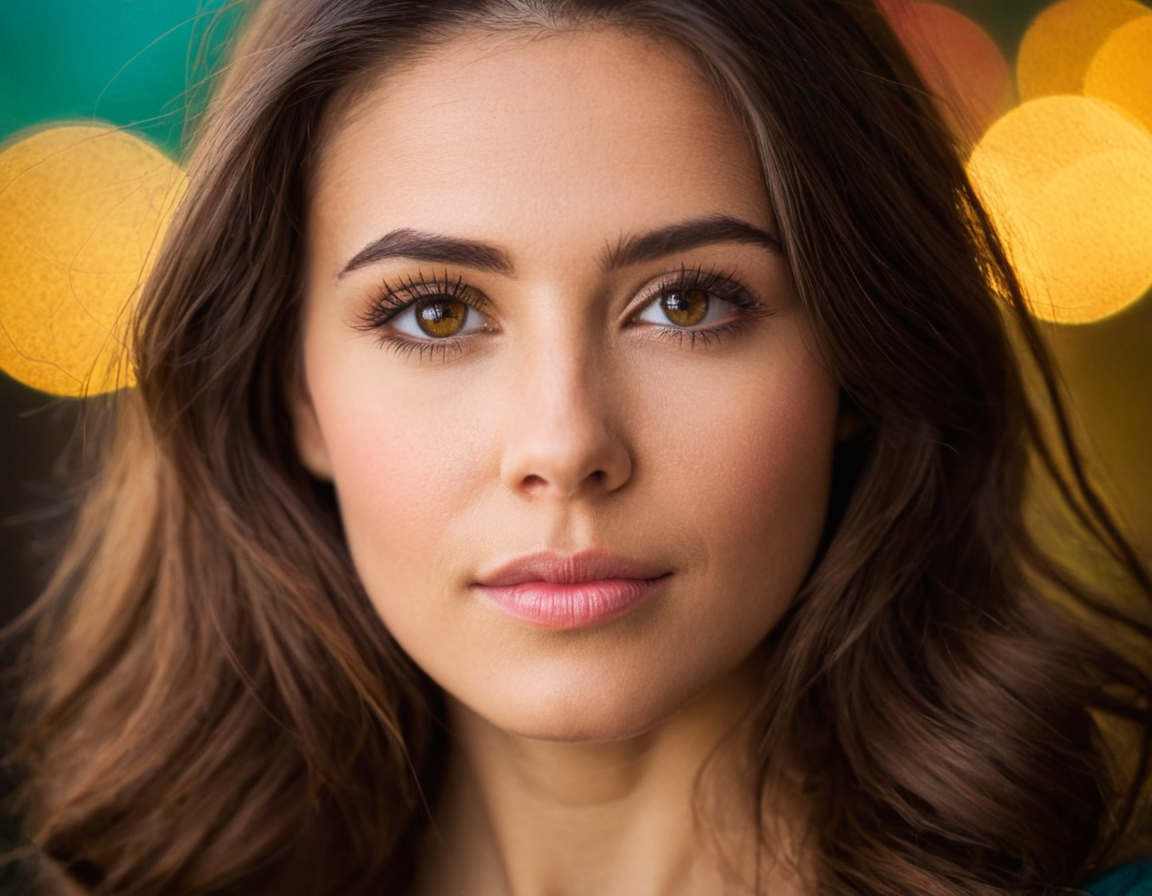Bokeh Tips for Portraits

Mastering Bokeh in Portrait Photography: Tips and Tricks
Introduction
Portrait photography is an art form that requires a deep understanding of light, composition, and the human subject. One critical aspect of portrait photography is creating a visually appealing background, known as bokeh. In this article, we will delve into the world of bokeh and provide expert tips and tricks to help you master this technique.
Understanding Bokeh
Bokeh refers to the aesthetic quality of the out-of-focus areas in a photograph. A well-designed bokeh can add depth, texture, and interest to an image, while a poorly designed one can detract from the overall composition. In portrait photography, controlling the bokeh is crucial to separating the subject from the background.
The Importance of Bokeh in Portrait Photography
A good bokeh can:
- Create a sense of depth and dimensionality
- Draw attention to the subject
- Add context and atmosphere to the image
On the other hand, a poorly designed bokeh can:
- Distract from the subject
- Create an unflattering background
- Make the image look amateurish
Preparing for Bokeh Shooting
Before you start shooting, make sure you have the right equipment and knowledge. Here are some essential tips to get started:
Choosing the Right Lens
Not all lenses are created equal when it comes to bokeh. A lens with a wide aperture (such as f/1.4 or f/2.8) will create a more pronounced bokeh, while a lens with a narrow aperture (such as f/5.6 or f/8) will produce a less noticeable effect.
Understanding Depth of Field
The depth of field refers to the area in focus within an image. Controlling the depth of field is critical to creating a well-designed bokeh. A shallow depth of field will blur the background, while a deep depth of field will keep more of the image in focus.
Practicing Bokeh Techniques
Here are some practical techniques to help you master bokeh:
Using a Small Aperture
Using a small aperture (such as f/11 or f/16) can create a more subtle bokeh. This technique is ideal for portraits where you want to blur the background without drawing attention away from the subject.
Using a Fast Shutter Speed
A fast shutter speed will freeze the motion of the camera, allowing you to capture sharp images with a well-designed bokeh.
Common Bokeh Mistakes
Here are some common mistakes that can ruin your bokeh:
- Overusing HDR: High Dynamic Range (HDR) can create an unnatural look and detract from the overall aesthetic of the image.
- Using the wrong lens: Using a lens with a narrow aperture or the wrong focal length can result in a poorly designed bokeh.
- Not controlling depth of field: Failing to control the depth of field can lead to an unflattering background.
Conclusion
Mastering bokeh in portrait photography takes time and practice. By understanding the basics, preparing for the shoot, practicing techniques, and avoiding common mistakes, you can create visually appealing images that showcase your artistic skills.
Call to Action
Experiment with different bokeh techniques and share your results with us. What are some of your favorite bokeh styles? How do you incorporate bokeh into your portrait photography?
Is there anything else I can help you with regarding this topic?
About Teresa Gomez
Photography enthusiast & blogger Teresa Gomez shares her expertise on inspiring photography techniques, tutorials, and tools to help creatives elevate their craft at lentecreativa.com.
